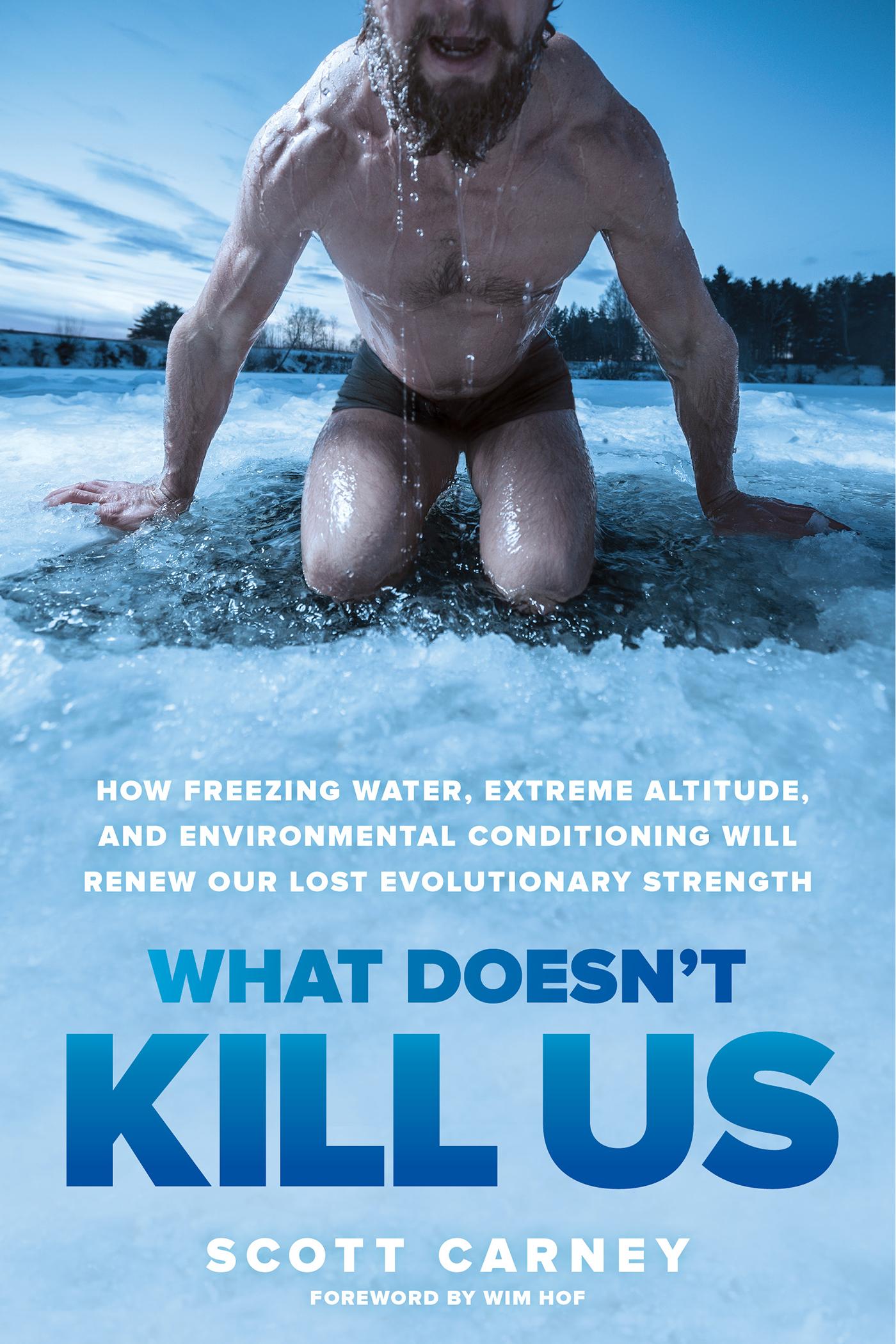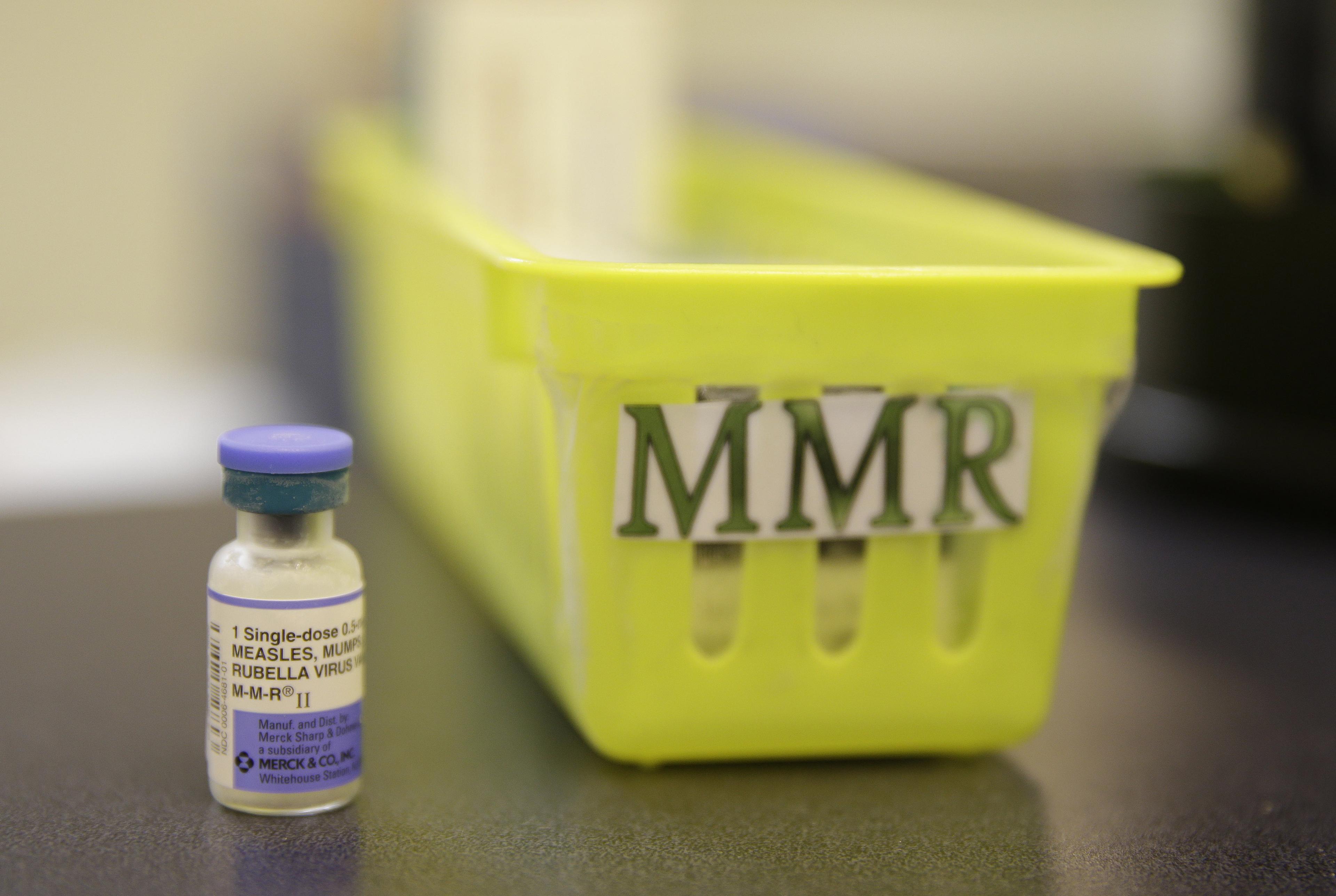
Denver author Scott Carney was skeptical when he heard about a Dutch man who can spend several nearly naked hours in the bitter cold without getting uncomfortable. A scientific test showed that the man, Wim Hof, who's known as The Iceman, can manipulate his immune system. But Carney, who has written about other so-called gurus and exposed them as charlatans, thought Hof's methods sounded like a recipe for frostbite.
"I figured, he's going to be telling people to go hike in the Arctic shirtless and I figured he was going to get people killed," Carney told Colorado Matters host Ryan Warner. "Little did I know that his methods work."

Carney knows that because he tried them himself. First he went to a weeklong camp with Hof, where Carney sat outside in the snow for increasing amounts of time. Later, Hof led Carney and others up a mountain in the snow, shirtless, to prove they could heat up their bodies through Hof's method. Now, Carney regularly takes cold showers and practices steady breathing, and says he's seen remarkable changes in his own fitness.
Beyond feeling more comfortable on a cold day of skiing, Carney says there's evidence Hof's methods have helped people suffering from diabetes, Parkinson's and autoimmune conditions like Crohn's Disease. Carney also says he is closer to understanding whether humans, by relying on modern comforts like heat and air conditioning, have lost physical abilities they built up through evolution.
Carney and Warner spoke in front of an invited audience at the Newman Center at the University of Denver about Carney's book, "What Doesn’t Kill Us: How Freezing Water, Extreme Altitude, And Environmental Conditioning Will Renew Our Lost Evolutionary Strength."

Read an excerpt:
Preface: Burning Up Our line of headlamps cuts through the inky black African night, illuminating patches of a loose rubble path. Aluminum poles and hiking boots crunch the dirt as the group moves ever northward toward a volcanic chunk of rock that claims the lives of about eight mountaineers a year. Our breathing is harsh and rhythmic, as if we are trapped in a room while the air is being sucked away. It sounds as if any given lungful might be our last. We trudge forward in focused unison until the fingers of an orange dawn light grab at the horizon to pull the night away. Now the outline of a mountain peak begins to define itself. At first it is only a dark purple absence of stars in a pinprick sky, but as the heavens shuffle off night’s embrace, sunlight sets the glacier ablaze like a beacon. Kilimanjaro. The tallest mountain in Africa rises up out of the sun-drenched savannah to a place high above the clouds. There, winds topping 100 miles an hour scour what is likely the only indigenous ice on the continent. It’s the first time we’ve seen it this close, and I can’t decide whether I’m excited or terrified. For the past 20 hours the peak hid behind clouds and the mountain’s own towering foothills, but now the massive slab of igneous rock is no longer an idea to conjure up in our minds, but a deadly, real-life obstacle. Our gradual 15.5-mile ascent from the park gate will come to an abrupt halt in a few miles, where the base of the volcanic cone rockets upward out of the basin and into a barren and inhospitable wasteland. Devoid of life, and home to only a moonlike base camp, that point will be the start of the greatest challenge of my life—one that will push me to the very limit of human endurance. While thousands of tourists attempt to summit the mountain every year, they tend to do it in easy stages and while wearing the most advanced mountaineering equipment. We will reach the top of the mountain at a record-bending pace with no acclimation to the altitude, on almost no food, little sleep, and, most strikingly, no cold weather gear. I’m wearing only boots, a bathing suit, a wool cap, and a backpack containing some emergency gear and water. My chest is bare to the frigid air. One of the guides watches me warily from beneath his full thermal getup until finally he can’t hold his silence anymore. “Please put something on,” he says, concerned by the display of skin. What he doesn’t know is that the cold is the least of my concerns. In fact it’s kind of the point. My skin feels like armor that the temperature cannot penetrate. Partly it’s because I’m working so hard to go uphill that my body has more heat than it knows what to do with, but on another level—one that I’m still trying to wrap my mind around—it’s because I just won’t let it in. Either way, I’m sweating, not shivering. But there’s another challenge that poses a much more pernicious problem, one that could put the whole expedition out of commission. Reasonable people take 5 to 10 days to reach the top of Kilimanjaro, climbing in slow and deliberate stages along the route so that their bodies can generate enough new red blood cells to compensate for the decrease in oxygen as the altitude increases. But we are not reasonable people. Our rather audacious plan is to make the summit in 2 days. At that pace there is no time for acclimatization. At just above 13,000 feet—and only about two-thirds of the way up—the air is already thin enough to send some unacclimatized people into a spiraling cascade of headaches, convulsions, and sometimes even death. The condition has already created two empty spots in our procession. One belonged to a nearly 7-foot tall Dutchman who spent 10 minutes vomiting up his breakfast this morning and then couldn’t stop stumbling with every step. And then there was the owner of a string of Holland’s famous marijuana vending “coffee shops,” who had so little oxygen in her blood last night that her limbs simply ceased to function. Mountain sickness can cut down even the most robust athletes. The military has been so perplexed by the problem that when they send special forces units into high altitude combat zones—the type that are all too common in Afghanistan—they have to account for a predictable percentage of their soldiers being incapacitated by the lack of oxygen. So far, the only solution has been to send in additional fighters on every mission. If we are going strictly by the numbers, the prognosis for our group is grim. A day before our departure, a senior scientist at an Army research center that focuses on environmental risks calculated that three-quarters of us would fall to a similar fate as the two we have already lost. The Army isn’t alone in being certain that most of us are going to fail. Just before I left, a journalist who spends much of his time topping Colorado’s 14,000-foot peaks confided to my wife that he was pretty sure that I would never make it to the top. What is hard to communicate to the rest of the world is that what we are doing on the mountain is not a stunt or a suicide mission. The lack of clothing, the altitude, and the pace are actually part of an experiment to understand one of the most pressing questions in the modern world today: Has dependence on technology made us weak? Just about every person I know, from the skeptical journalist in Colorado to the US Army scientist to the guide by my side, envelops themselves in a cocoon of technology that keeps them safe, warm, and helps them endure the natural variations of our planet. In the past six million years of human evolution our ancestors mounted expeditions across frozen mountains and parched deserts with only a whisper of technology to aid them. While they might not have aimed to get up this particular mountain, they surely crossed the Alps and the Himalayas, navigated oceans, and populated the New World. What power did they have that we have lost? More important, is it possible to get it back? The underlying hypothesis of this expedition is that when humans outsource comfort and endurance they inadvertently make their bodies weaker, and that simply reintroducing some common environmental stresses to their daily routines can bring back some of that evolutionary vigor. Every person in this line of wobbling headlamps is potentially putting their life on the line to test the theory. We also know that along with the act of conditioning ourselves over time, there’s also a simple mind-set and mental fortitude that seems to unlock a biological power to heat our bodies. I suck in a cool breath of air and focus my eyes on the blazing orange rock in front of me. I exhale a low guttural roar, like a dragon just waking from a thousand-year slumber. I feel the energy begin to build. The rhythm of the air quickens. My toes start to tingle inside my hiking boots. The world starts to brighten in my vision as if there are two dawns working at the same time—one tied to the rising of the sun, the other in the depths of my own mind. A coil of heat starts behind my ears like someone has lit a fuse. It arcs across my shoulders and down the curve of my spine. There’s no point in checking the temperature. It’s well below freezing and I’m already burning up. Reprinted from “What Doesn’t Kill Us” by Scott Carney. Copyright © 2016. By permission of Rodale Books. Available wherever books are sold. |









